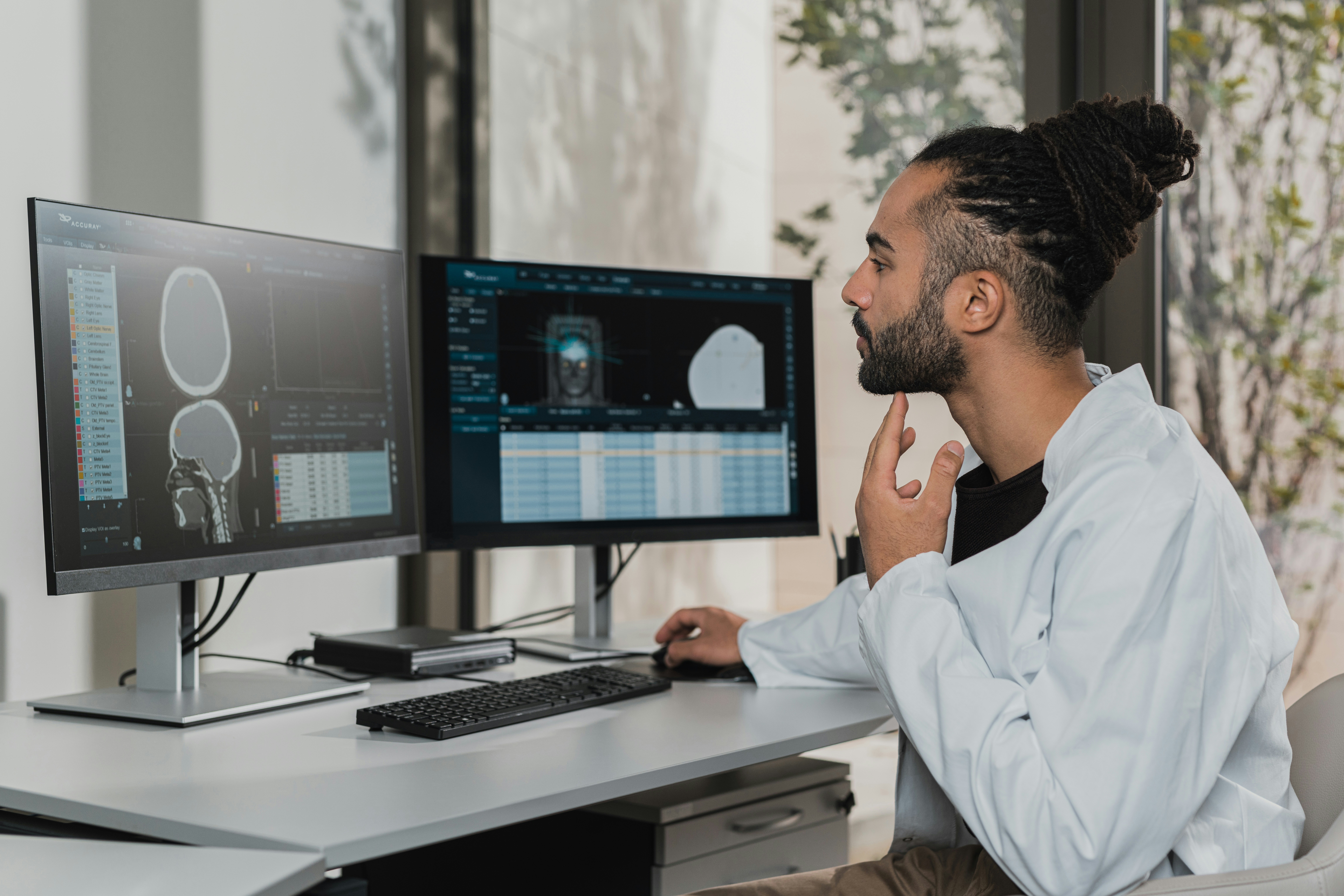
Radiology plays a critical role in diagnosing and treating various health conditions. However, as technology evolves, radiology departments are increasingly turning to artificial intelligence (AI) to enhance efficiency, accuracy, and patient care. Revolutionizing radiology workflows is not only about improving the technical aspects of imaging but also about optimizing the overall patient experience. In this article, we will explore strategies that integrate AI and other technologies to enhance patient experience in radiology, from faster diagnoses to more personalized care.
The Importance of Enhancing Patient Experience in Radiology
In healthcare, patient experience is a key factor in treatment outcomes. Patients who feel comfortable, informed, and confident in their care are more likely to have positive outcomes. In radiology, a typically high-pressure field, improving patient experience can make a significant difference in how patients perceive their care. AI-driven tools can provide faster diagnoses, reduce the likelihood of errors, and allow healthcare providers to spend more time on patient interactions, all of which contribute to a more positive patient experience.
AI and Its Role in Revolutionizing Radiology Workflows
Artificial intelligence is transforming the radiology field by streamlining workflows and improving diagnostic accuracy. AI can analyze vast amounts of medical data quickly, identify patterns that might be missed by human eyes, and assist radiologists in making faster decisions. For example, AI can help prioritize urgent cases, reducing wait times and ensuring that critical cases are addressed promptly. Additionally, AI algorithms can help reduce errors in image interpretation, which leads to more accurate diagnoses.
AI can also improve the efficiency of administrative tasks in radiology departments. By automating scheduling, data entry, and patient tracking, AI allows radiologists and staff to focus on more complex and patient-centered tasks. This streamlining of workflows not only benefits radiologists but also enhances the overall patient experience by reducing delays and improving the timeliness of results.
Faster Diagnostics for Timely Treatment
One of the most significant advantages of AI in radiology is its ability to speed up the diagnostic process. Traditionally, radiologists would manually review images, which can be time-consuming, especially in complex cases. With AI, however, imaging algorithms can quickly analyze scans, flagging potential issues that radiologists can address immediately. This faster processing time enables quicker diagnoses, resulting in more timely treatment decisions.
For patients, this means less waiting for results, which reduces anxiety and enhances their satisfaction with care. AI-powered systems can also offer real-time feedback, enabling radiologists to make adjustments or re-scan if necessary, ensuring accuracy without delays.
AI for Early Detection and Personalized Care
AI is particularly useful in early disease detection, allowing radiologists to spot abnormalities that might be overlooked during manual reviews. For example, AI tools can detect small tumors or signs of neurological disorders much earlier than traditional methods, even before symptoms appear. Early detection is crucial for improving patient outcomes, as it allows for timely intervention and more effective treatment options.
Furthermore, AI can help personalize patient care. By analyzing a patient’s medical history and imaging data, AI can suggest personalized treatment plans, ensuring that each patient receives the most suitable care tailored to their unique needs. Personalized care not only improves treatment outcomes but also enhances patient satisfaction by making them feel seen and understood.
Reducing Patient Stress Through Transparency and Communication
Another critical aspect of improving patient experience in radiology is reducing stress and uncertainty. Many patients feel anxious about undergoing imaging procedures, especially when they are uncertain about the results. AI-driven systems can help alleviate this anxiety by providing real-time updates during imaging sessions, informing patients about what to expect and how long the process will take.
Additionally, AI can help radiologists explain results to patients more clearly and effectively. With the help of AI tools that simplify complex medical data, radiologists can present information in a way that is easy for patients to understand, addressing their concerns and providing reassurance. Clear communication helps patients feel more in control of their healthcare journey, contributing to a better overall experience.
Integrating AI into Radiology Departments
Successfully integrating AI into radiology departments requires careful planning and training. Radiologists and other medical professionals must be educated on how to use AI tools effectively and ethically. Additionally, patient data privacy and security must be prioritized to ensure that AI systems comply with healthcare regulations, such as HIPAA in the United States.
By implementing AI-driven systems thoughtfully and strategically, radiology departments can significantly enhance their efficiency and patient care. However, it’s important to remember that AI should complement, not replace, the human touch in patient care. Radiologists and healthcare professionals continue to play a crucial role in interpreting results, communicating with patients, and delivering personalized care.
The Future of Radiology and Patient Experience
As AI continues to evolve, it will play an increasingly significant role in shaping the future of radiology. Future developments may include advanced diagnostic tools, enhanced integration with electronic health records (EHRs), and more accurate imaging technologies. Additionally, AI advancements could lead to predictive models, allowing healthcare providers to anticipate health issues before they arise. With these innovations, healthcare professionals can intervene more effectively, thereby improving patient care.
Looking ahead, AI’s impact on radiology is expected to continue growing. Radiology departments that embrace AI and advanced technologies will enhance diagnostic services and create positive, patient-centered experiences. The goal is to combine technology with human expertise to deliver optimal care. This will lead to improved outcomes and increased patient satisfaction.
Revolutionizing radiology goes beyond technical improvements—it focuses on enhancing the patient experience at every stage of care. AI integration in radiology workflows enables faster diagnoses, greater accuracy, and more personalized care. It also reduces patient anxiety during the diagnostic process. As AI continues to evolve, the future of radiology promises even greater advancements in patient care.
By adopting new technological trends and integrating AI into routine practices, radiology departments can revolutionize patient care. With these tools, they can improve efficiency, enhance accuracy, and offer more tailored healthcare experiences.